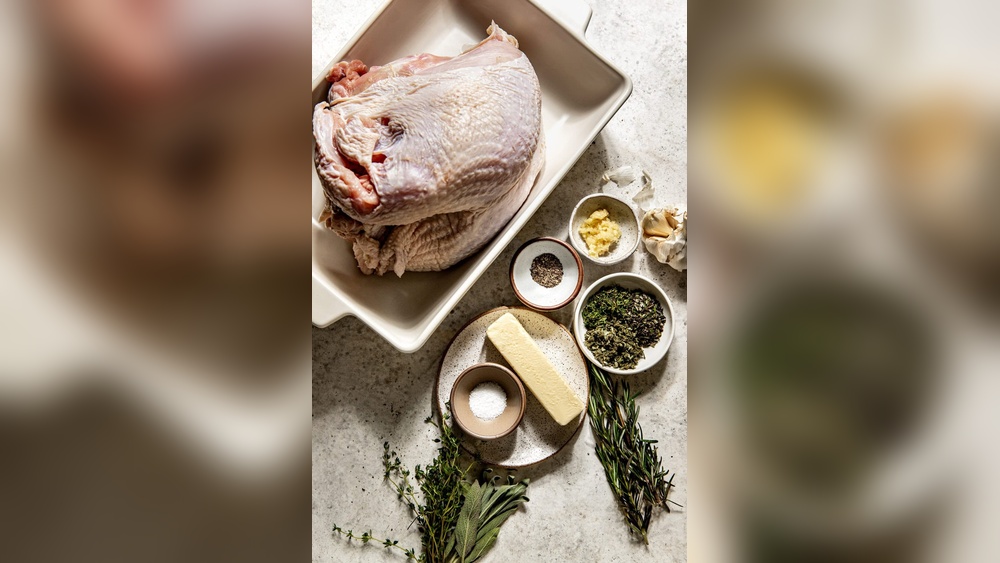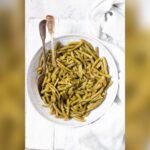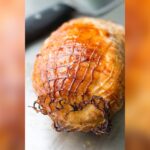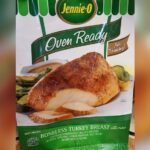Cooking a bone-in turkey breast can seem tricky, but with the right steps, you can achieve juicy, flavorful meat and perfectly crispy skin every time. Whether you’re preparing a special holiday meal or a simple weeknight dinner, knowing how to cook your turkey breast properly will make all the difference.
In this guide, you’ll discover easy-to-follow tips that ensure your turkey stays moist and tender, while the bone adds extra flavor and richness. Ready to impress your family and friends with a delicious, mouthwatering turkey breast? Keep reading, and let’s get cooking!
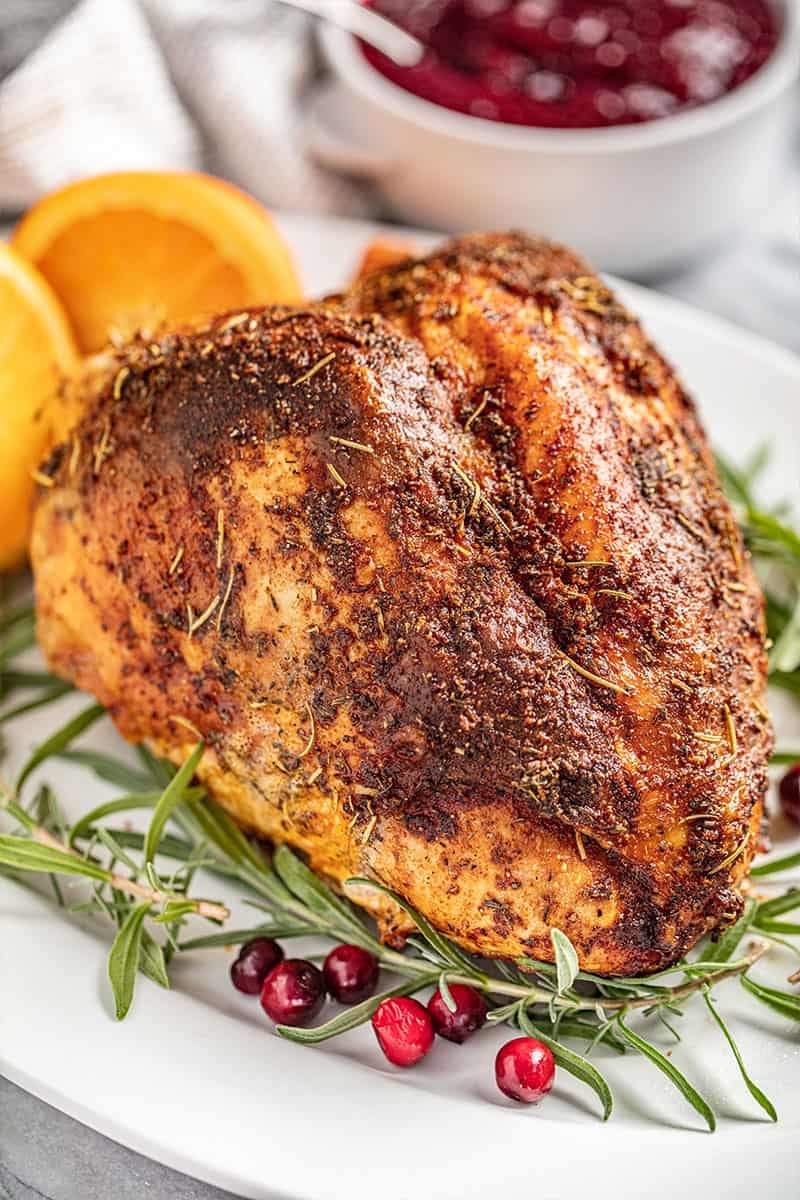
Preparing The Turkey Breast
Choose a turkey breast that is fresh and has the bone in. This helps keep the meat moist and adds flavor. Look for a breast with firm, pink skin and no unpleasant smell.
Trim off any excess fat or loose skin. Use a paper towel to pat the turkey dry. This step helps the seasoning stick better and promotes crisp skin when cooked.
Season the turkey breast well. Use salt, pepper, and your favorite herbs like rosemary or thyme. Rub the seasoning evenly over all sides of the meat. A good seasoning mix is key for tasty turkey.
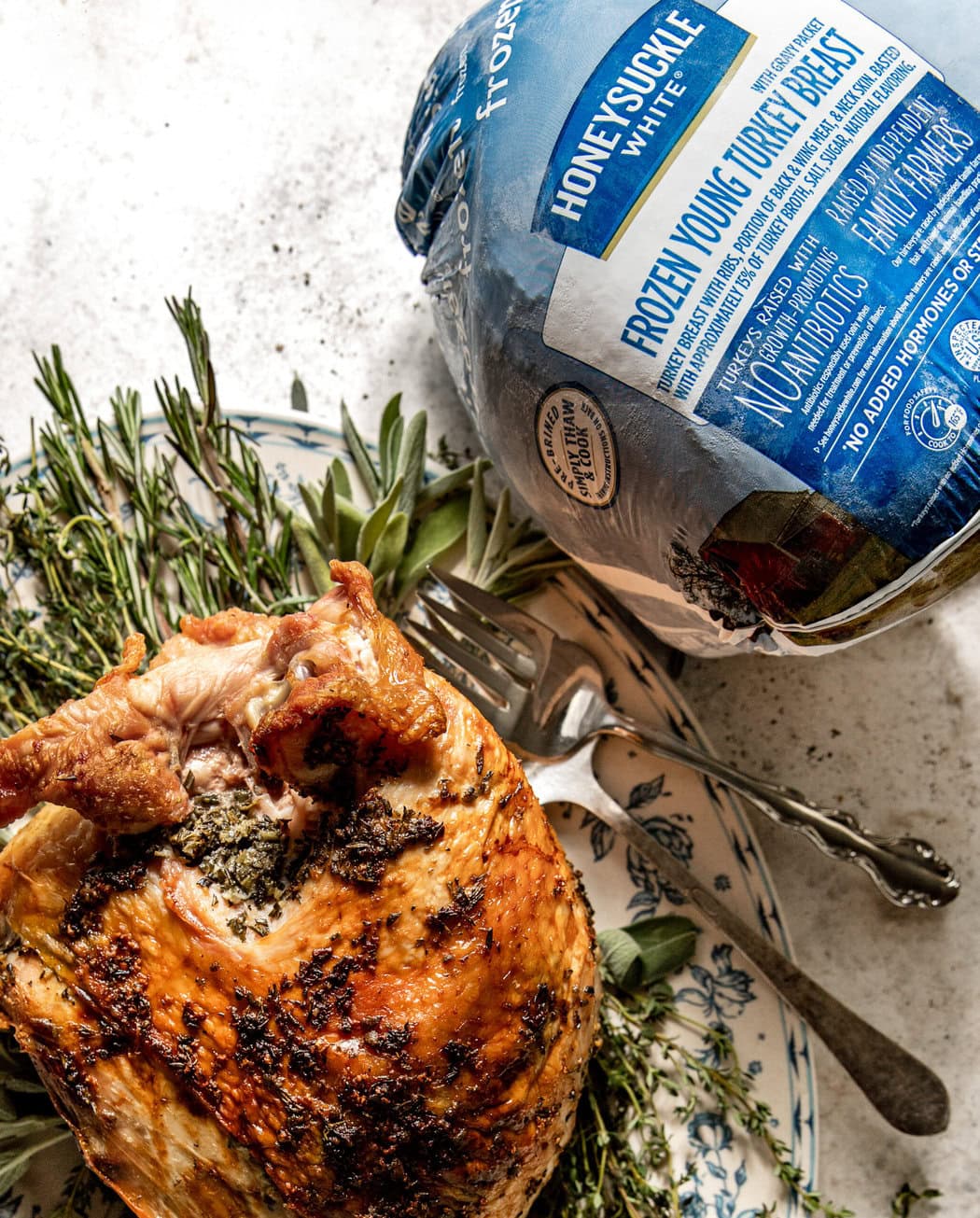
Cooking Techniques
Oven roasting is a simple way to cook a bone-in turkey breast. Start by preheating the oven to 325°F (163°C). Place the turkey breast in a roasting pan with the skin side up. Cover the breast with foil to keep the meat moist and juicy during cooking. This traps steam and stops the turkey from drying out.
Remove the foil about 20-30 minutes before the end of cooking. This step lets the skin get crispy and golden brown. Keep an eye on the turkey during this time to avoid burning the skin.
Use a meat thermometer to check for doneness. The turkey is ready when the internal temperature reaches 165°F (74°C). Rest the turkey for 10-15 minutes before slicing. This helps keep the juices inside the meat.
Flavor Enhancements
Herbs and spices like rosemary, thyme, and sage add great flavor to turkey breast. Sprinkle salt and pepper evenly for a simple taste boost.
Using butter or oil helps keep the meat moist and adds richness. Rub softened butter mixed with herbs under the skin for deeper flavor.
Aromatics such as garlic, onions, and lemon can be placed inside or around the turkey. These release tasty smells and improve the overall flavor during cooking.
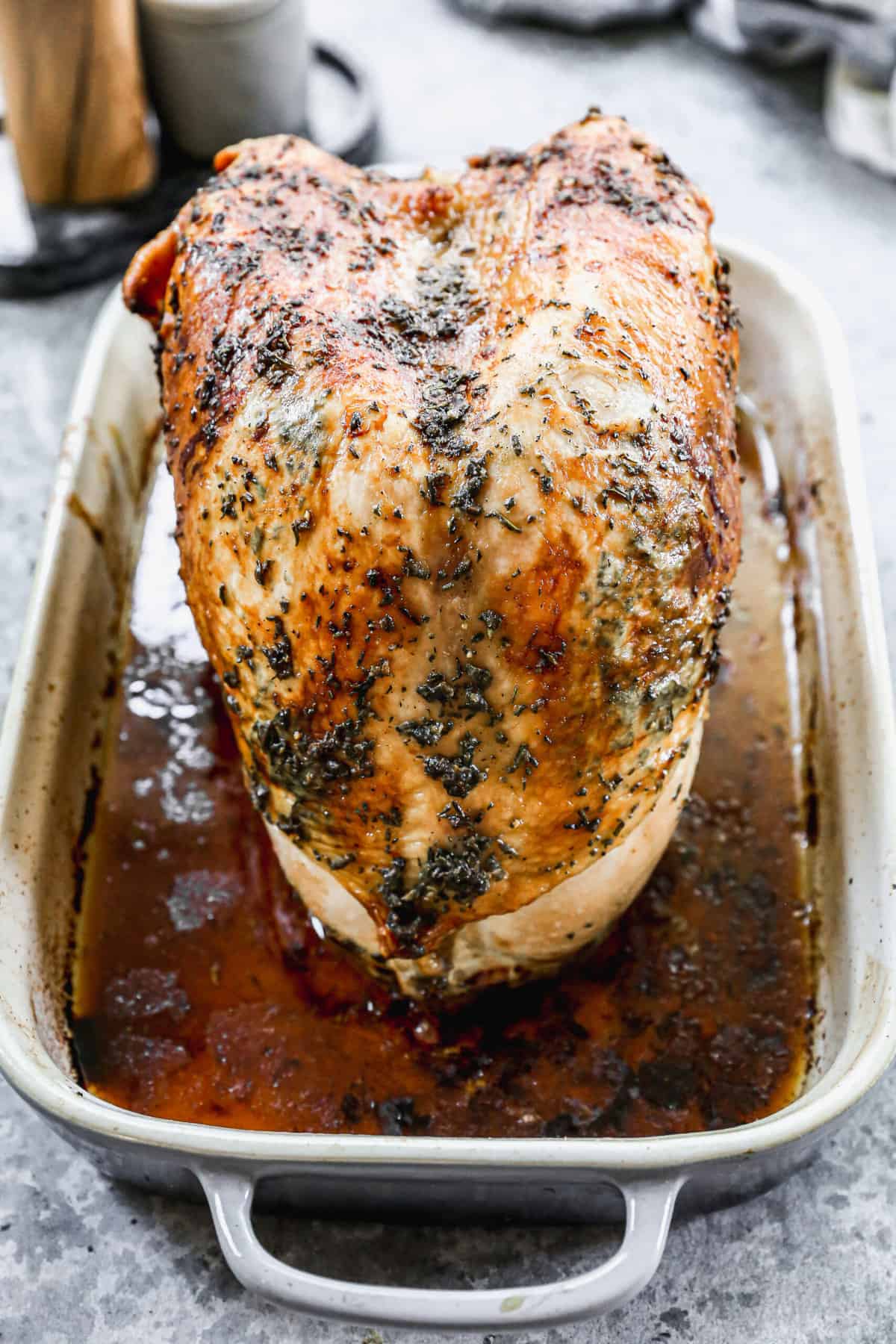
Temperature And Timing
The ideal cooking temperature for bone-in turkey breast is 325°F (163°C). This temperature helps the meat cook evenly without drying out. Cooking at higher heat might burn the outside before the inside is done.
Use a meat thermometer to check the turkey’s internal temperature. Insert it into the thickest part, avoiding the bone. The turkey is safe to eat when it reaches 165°F (74°C) After cooking, allow the turkey breast to rest for 15 to 20 minutes. Resting helps the juices spread inside, making the meat juicy and tender. Cover the turkey loosely with foil during this time.
Serving Tips
Carving the bone-in turkey breast is easier when the meat rests. Let it rest for 15 minutes after cooking. Use a sharp knife to cut along the bone. Slice the breast meat into even pieces against the grain. This keeps the meat juicy and tender.
Pairing with side dishes makes the meal complete. Classic sides like mashed potatoes, green beans, or cranberry sauce work well. Roasted vegetables and stuffing add flavor and texture. Choose sides that balance the rich turkey taste.
Storing leftovers safely helps avoid waste. Cool the turkey quickly and put it in an airtight container. Store in the refrigerator for up to 4 days. For longer storage, freeze the meat in portions. Reheat gently to keep it moist.
Common Mistakes To Avoid
Overcooking turkey breast makes the meat dry and tough. Keep an eye on the internal temperature and remove it from the oven once it reaches 165°F (74°C). Using a meat thermometer helps avoid this common mistake.
Skipping the resting period causes the juices to run out when you cut the meat. Let the turkey rest for at least 15 minutes before slicing. This keeps the meat moist and tender.
Neglecting to crisp the skin results in a dull and soft texture. To get crispy skin, uncover the turkey during the last 20-30 minutes of cooking. This allows the skin to brown and become crisp and flavorful.
Frequently Asked Questions
How Long Do You Cook A Turkey Breast With A Bone?
Cook bone-in turkey breast at 350°F (175°C) for 20 minutes per pound. Use a meat thermometer to ensure it reaches 165°F (74°C). Let it rest before slicing for juicy, tender meat.
Is It Better To Cook Bone-in Turkey Breast At 325 Or 350?
Cooking bone-in turkey breast at 325°F ensures even cooking and juiciness. At 350°F, it cooks faster but may dry out. For tender, moist results, 325°F is better.
Should You Roast A Turkey Breast Covered Or Uncovered?
Cover turkey breast with foil during the first two-thirds of roasting to keep it moist. Remove foil last 30 minutes to crisp skin and brown evenly. Tent foil loosely to allow heat circulation and prevent drying. This method ensures juicy meat and golden, crispy skin.
Do You Put Water In The Pan When Cooking Turkey Breast?
No, avoid adding water in the pan when cooking turkey breast. Use broth or pan drippings to keep it moist.
Conclusion
Cooking bone-in turkey breast can be simple and rewarding. Keep the meat moist by covering it early in cooking. Remove foil near the end to get crispy, golden skin. Use herbs and spices to add flavor naturally. Check the internal temperature to ensure it is fully cooked.
Let the turkey rest before slicing to keep juices inside. Enjoy your tender, juicy turkey breast with your favorite sides. This method makes a great centerpiece for any meal or holiday.

Yes, working as , Food Blogger and Product Reviewer for last 6 years. Here you will get amazing deals for Smart kitchen products. I am your best source for the latest update in cooking trends. I provide insightful articles, reviews, and analysis on cutting-edge kitchen gadget. My mission is to empower readers with the knowledge they need to stay ahead in a rapidly evolving coking world. Join me as we explore the future of food technology and how it shapes our lives today and tomorrow.

